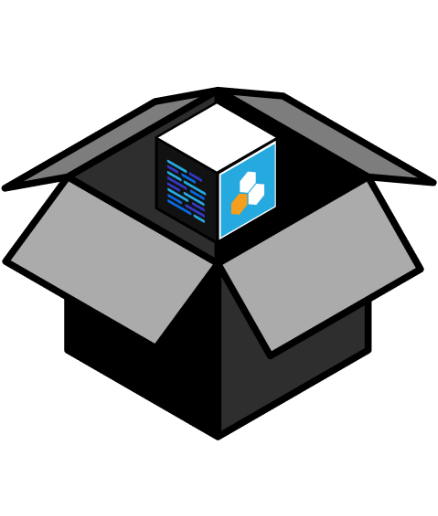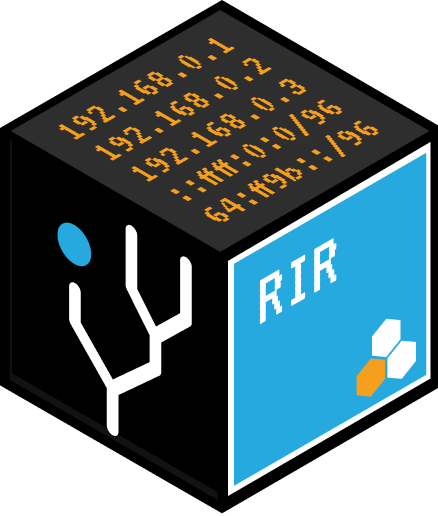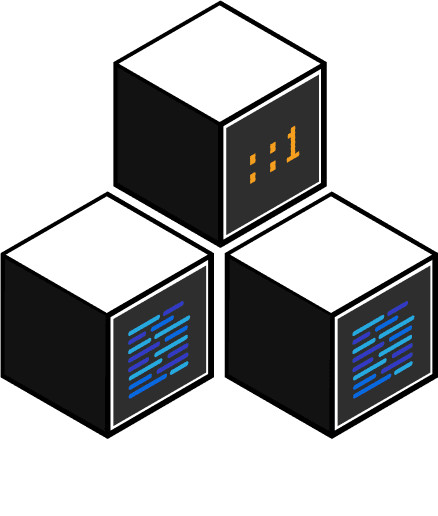
If you’re an operator or an administrator and you work in the trenches, you’re probably already well aware that something’s gotta give on the network management and provisioning front. At this point, trying to keep up with all the adds, deletes and changes using a manual, spreadsheet-based system is like trying to count grains of sand on a beach. You either figure out a better way to accomplish the task or it just doesn’t get done.
In the case of network provisioning, the better way is to automate routine tasks like IP address and subnet management and DNS and DNSSEC configuration. Here are eight important attributes to consider when evaluating the different automated provisioning platforms on the market today:
A flexible platform: Look for a solution that provides a flexible, adaptable platform that can conform to your provisioning requirements and process. This ensures a more rapid deployment and avoids a ‘force fit’ situation where people and processes have to adapt to the new tools.
Vendor-agnostic software: Consider a vendor agnostic solution that allows current systems to remain in place ‘as is.’ This helps keep deployment costs low by minimizing the need to invest in new systems and allows you to deploy best-of-breed systems going forward without fear of vendor ‘lock-in.’
Comprehensive support for IPv6 and DNSSEC: Choose a solution that provides more than simple address tracking. Look for functions like auto-subnetting, which simplifies configuration issues and eliminates common problems like double assigning the same IP address, and address block tracking, which can replace ad hoc address assignments based on immediate operational requirements with address allocation policies based on service and customer priorities.
Support for non-proprietary operating systems: Select software that runs on non-proprietary operating systems such as LINUX with a design based on the LAMP stack. Other open standards should be supported too, including open APIs such as RESTful. This ensures that the provisioning suite can support the broadest possible array of devices and network configurations both now and in the future.
Rapid provisioning: Only consider automated provisioning systems that reduce the time needed for common tasks, such as assigning a block of IP addresses, by a minimum of 80 percent. This will maximize your productivity gains.
SaaS and local service options: Work with vendors whose software can be deployed as either a hosted, SaaS-based service, or locally, behind your own firewall. Either way, make sure the software can be deployed quickly—in a matter of days, not months. This gives you maximum latitude, allowing you to choose the model that best supports your own financial and operational requirements.
Data analyst support: Seek out a provisioning vendor who includes access to a team of data analysts in your service package. These experts can provide quick, efficient support for common implementation problems like identifying redundant address assignments, which can greatly expedite your roll out.
Usage-based purchase terms: Choose a software provider that allows you to procure the software based on usage, adjusting the terms up or down as your requirements change. This means you won’t be forced to purchase more capacity or hardware than you actually require.
What type of automated network provisioning with you deploy?







